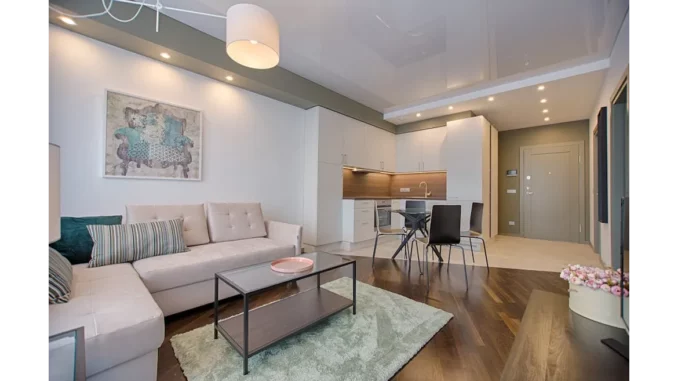
New House, New Home Decor: Embracing Structure and Style
Your vision, we build and you enjoyElegancia.homes handles every step in conservatory creation.
Embarking on the journey of decorating a new home is like opening the first chapter of a personal story, filled with both excitement and anticipation. This is a unique opportunity to sculpt a living space that is not only visually stunning but also a true reflection of one’s essence. Let’s explore five strategic approaches that interior designers can employ to weave together a home that speaks its own narrative.
Meticulous Planning and Architectural Harmony
Before immersing oneself in the allure of colour palettes and enticing furniture, the bedrock of successful interior design lies in understanding the architectural framework. As Clara Jones, an esteemed interior architect, advises, “A room’s structure is the canvas upon which all elements are painted.” Begin by:
- Precision Measurement: Gauge each room meticulously to discern the scale and proportion suited for furnishings.
- Architectural Awareness: Identify the placement of doors, windows, and electrical outlets, crucial for optimizing layout and functionality.
- Natural Light Dynamics: Consider the influx of natural light, using it to either enhance or subtly alter the room’s ambiance.
This foundational assessment ensures that every design decision is both intentional and harmonious with the home’s inherent structure.
Sophisticated Selection of Finishes
The choice of finishes is paramount in establishing the home’s tone and style. From the resilience of flooring to the elegance of wall treatments, finishes define the space. Consider:
- Durability and Lifestyle Alignment: Opt for materials that withstand the rigours of daily life, especially in homes bustling with children or pets.
- Longevity and Maintenance: Choose materials that promise aesthetic appeal and functionality over time.
- Textural Exploration: Introduce diverse materials such as wood, plaster, or ceramic to enrich the space with texture and intrigue.
As interior designer Mark Reynolds notes, “The right finishes can elevate a space, weaving sophistication and personality seamlessly into the design.”
Furniture Placement: The Art of Balance
A well-orchestrated furniture arrangement not only enhances a room’s functionality but also its flow and comfort. Essential tips include:
- Room-Centric Prioritisation: Tailor the arrangement to meet the specific needs of each space, whether it be a communal area for gatherings or a secluded home office.
- Movement and Flow: Ensure pathways are intuitive and unobstructed, facilitating effortless navigation.
- Zoning in Open Spaces: Use furniture strategically to delineate zones for relaxation, dining, or productivity within open-plan areas.
Through thoughtful placement, a house transforms into a space of beauty and practicality, meeting the demands of daily life with grace.
Illuminating Spaces: The Power of Light
Lighting, though often underestimated, is the unsung hero of interior design, with the power to transform both mood and functionality. A comprehensive lighting plan should include:
- Maximisation of Natural Light: Employ mirrors and reflective surfaces to amplify natural light and spread it throughout the room.
- Layered Lighting: Integrate ambient, task, and accent lighting to adapt to various activities and moods.
- Aesthetic Fixtures: Select lighting fixtures that not only illuminate but also complement and enhance the overall design aesthetic.
“Light is the essence of a room,” states lighting expert Emily Clarke, “It highlights the architecture and envelops the space in warmth.”
Infusing Personality with Colour and Texture
The interplay of colour and texture is vital in personalising a space, transforming it from a mere structure into a home brimming with character. Consider:
- Cohesive Colour Palettes: Choose hues that resonate with the homeowner’s personality while harmonising with the architectural style.
- Textural Depth: Combine smooth and textured surfaces to create a dynamic and engaging environment.
- Artistic Accents: Incorporate textiles, artwork, and accessories to weave in warmth and express individuality.
By artfully blending colour and texture, interior designers can craft spaces that are not only inviting but also timeless in their appeal.
In embracing these strategies, interior designers can transform a blank canvas into a home that not only captivates the eye but also nurtures the soul, offering a sanctuary that resonates with its inhabitants for years to come.


Be the first to comment